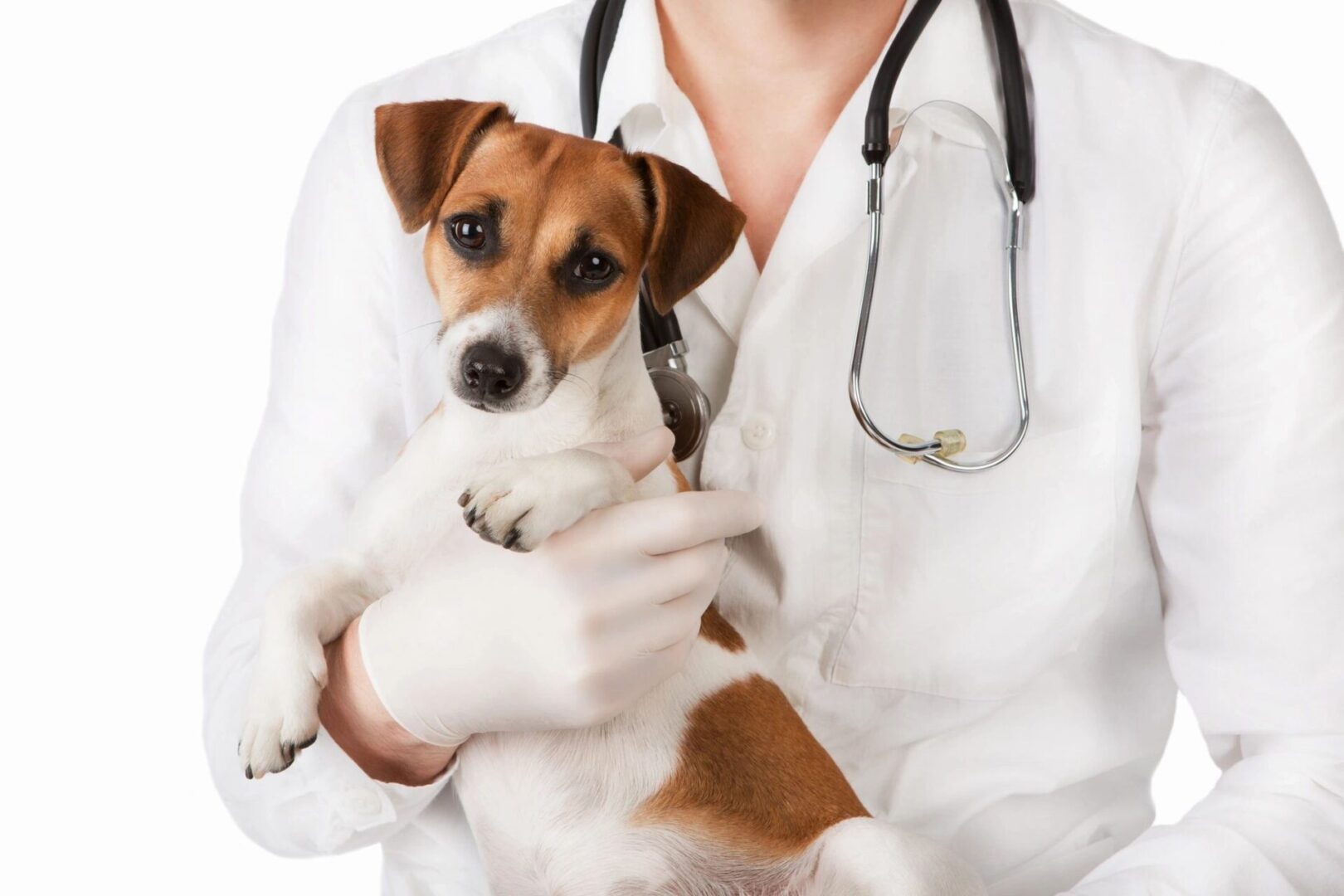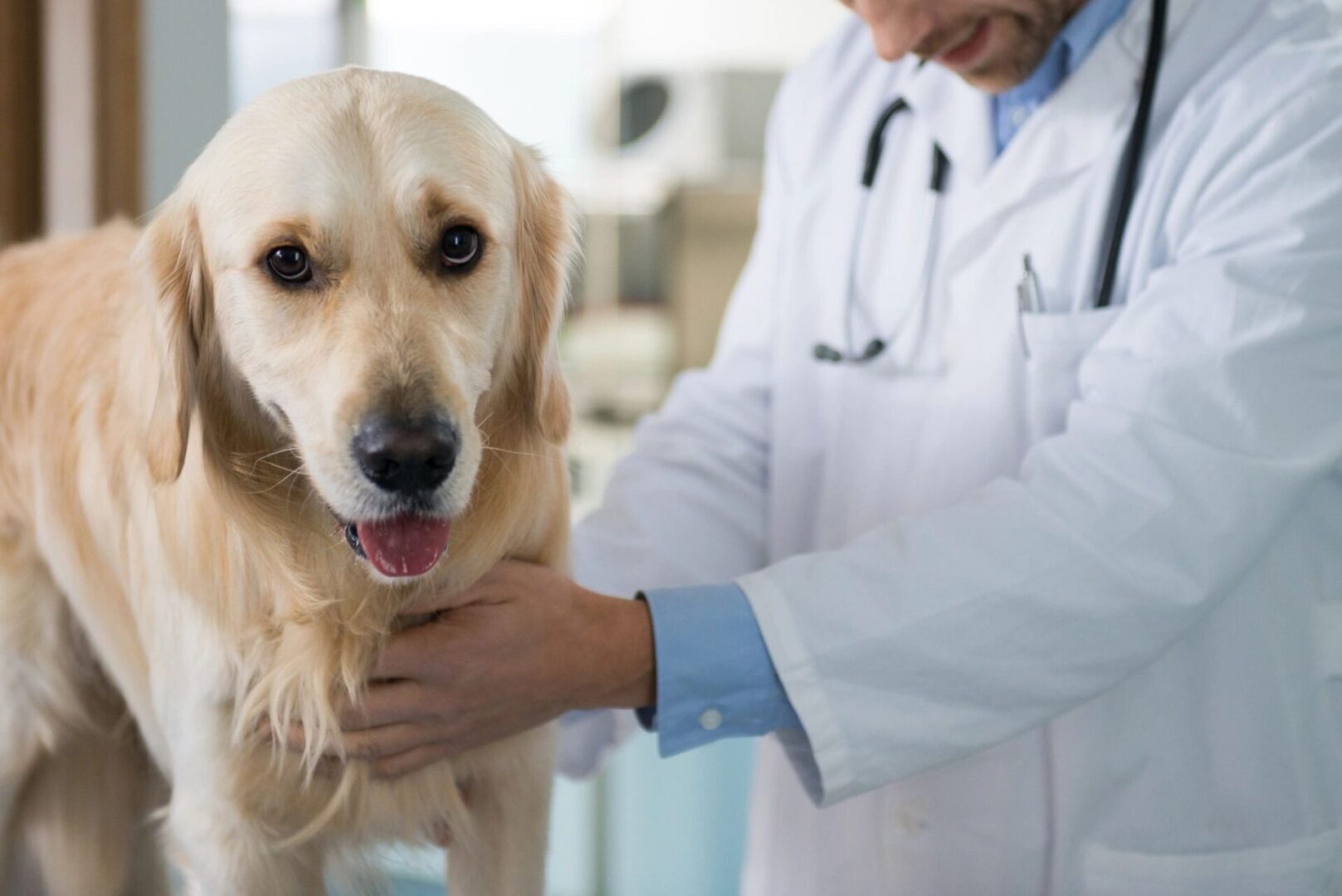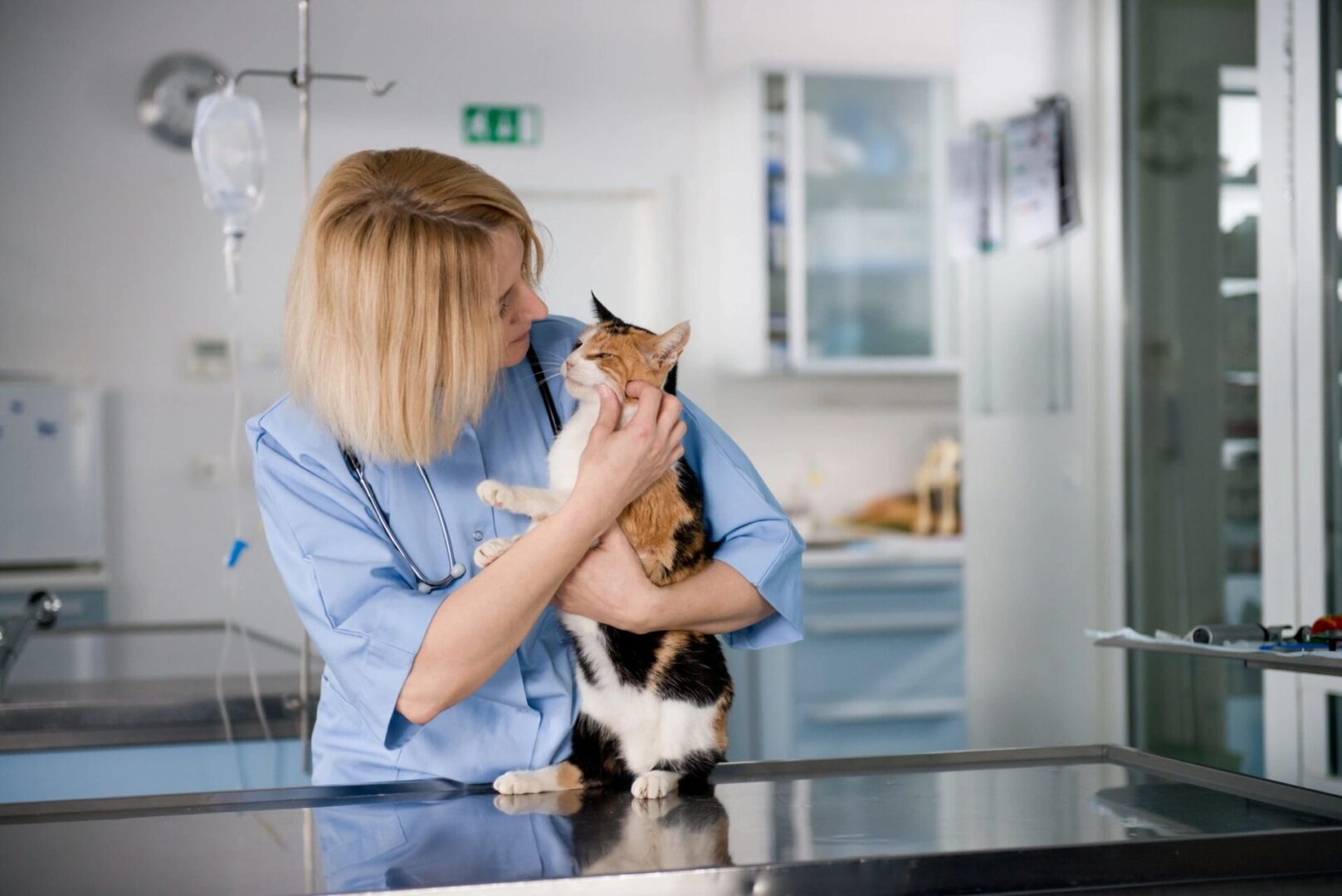Snake Bite Guidelines for Pets
All dogs, young and old, are at high risk for snake bite because they’re curious and try to play with them. Please follow the do’s and don’t when a snake bites your pet.

Things to Remember
Vet Medicine can change over the years, and your veterinarian may not be trained in the newest techniques of snakebite treatment, no judgment. Make sure your pet is treated with antivenin and given opiates for pain relief. Snakebites are incredibly painful as the venom works to destroy tissue and organs.

